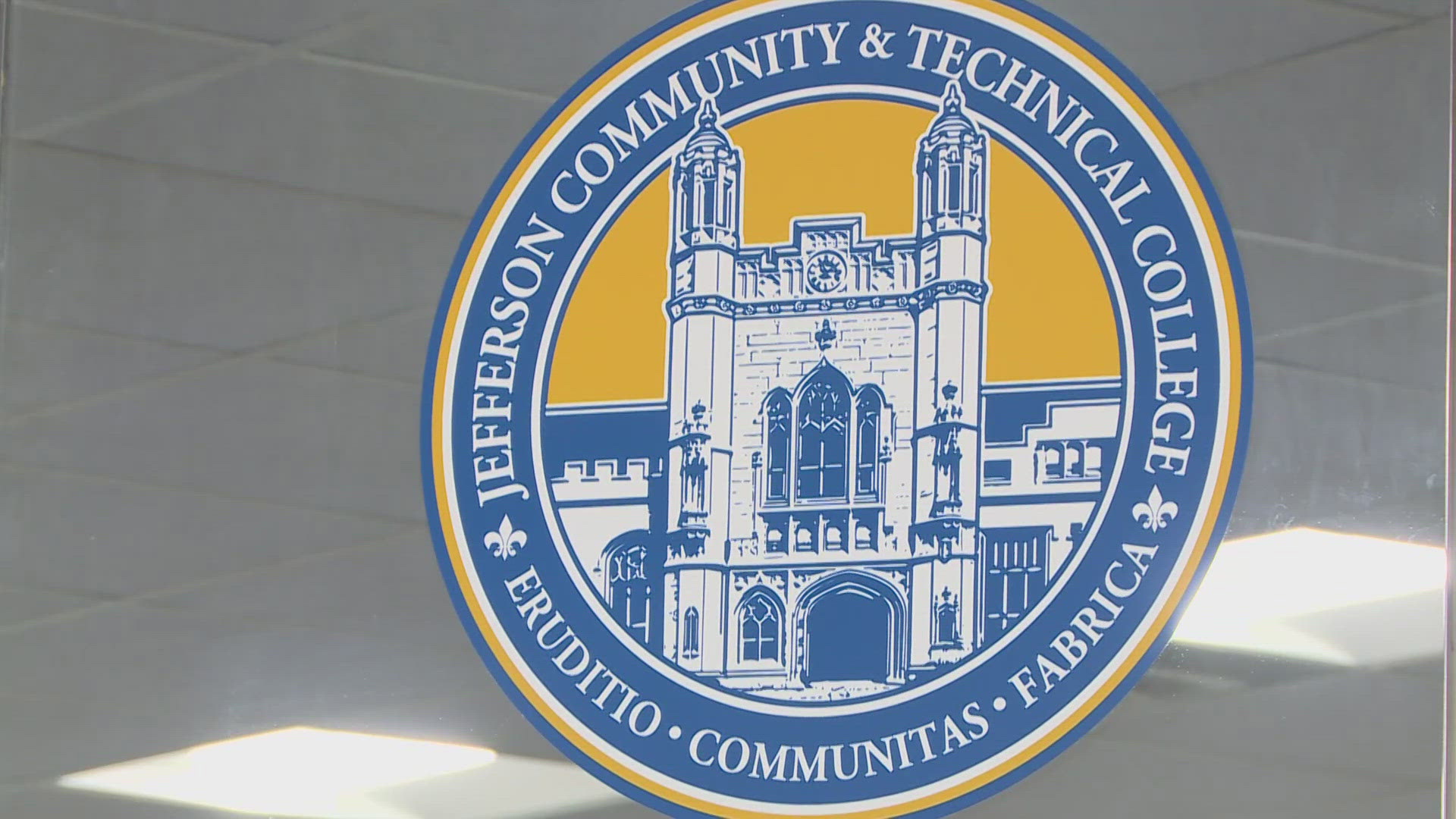LOUISVILLE, Ky. — A Louisville college has seen its Hispanic student population grow rapidly over the last decade.
Jefferson Community and Technical College (JCTC) President Ty Handy says the school has a seen a 47% increase in Hispanic students since fall of 2020.
Currently, JCTC has 1,732 Hispanic students which is around 14% of their total student population.
"10 years ago, [they were] only 5% of our population, and today it's almost 3 times that," Handy added. "If we want all of Louisville to thrive, we need all the communities to thrive."
It comes on the heels of year after year growth for the Hispanic population on campus. Handy attributes much of that growth to Louisville's ever-growing Cuban population. The metro is in the top 10 for most Cuban immigrants in the country, according to the New York Times.
Handy said JCTC is an access point for immigrants who want to start their educational journey in Louisville. He noted when those students go to school their grades reflect their desire for higher education.
"They're such good students across the board that their average GPAs are higher than our overall GPA for our student body," he said.
But, like many other students, financial aid could be a barrier for those trying to enter college, especially for those just entering the U.S. But, thanks to an array of scholarships options like the Evolve 502 program for JCPS students, and the work ready scholarship, Handy believes everyone has an opportunity at JCTC.
"We want to make sure were structured in a way to break down their barriers to success and give them every opportunity to focus on their education, because we know if they can get their education, they're going to get a great job," he said.
For information on scholarships, click here.
According to the Pew Research Center, Hispanics are the largest ethnic minority group in the U.S. making up 19% of the population. That's roughly 62 million people.
Meanwhile, their economic impact is even bigger, contributing $2.8 trillion to the U.S. GDP, according to a new study.
Make it easy to keep up-to-date with more stories like this. Download the WHAS11 News app now. For Apple or Android users.
Have a news tip? Email assign@whas11.com, visit our Facebook page or Twitter feed.

